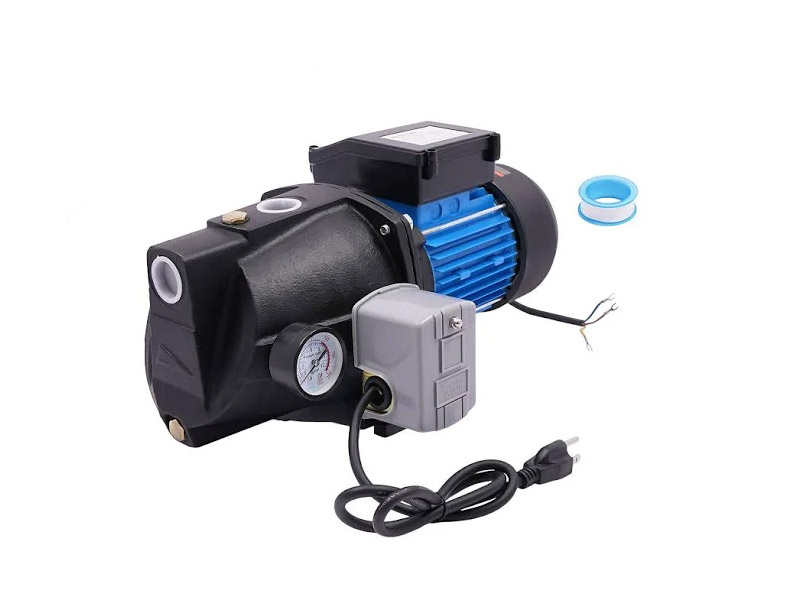Regular maintenance of your well pump is essential to ensure a consistent and safe water supply for your household. Neglecting routine checks can lead to system failures, costly repairs, and potential health risks. By following a structured maintenance schedule, you can keep your well pump functioning efficiently and avoid unexpected issues.
One of the most important steps is scheduling an annual professional inspection. A licensed well contractor can perform a comprehensive evaluation of your well system, including the wellhead, casing, pump, pressure tank, pipes, and electrical connections. These inspections help identify signs of wear, damage, or corrosion. Professionals also conduct flow testing to ensure your pump delivers water at the proper rate and perform water quality testing to confirm the safety of your drinking water. These yearly assessments are vital for catching issues early and maintaining system reliability.
In addition to professional inspections, homeowners should conduct monthly visual checks. Inspect the wellhead to ensure the cap is secure and free from damage, and verify that the casing extends at least 12 inches above ground to prevent contamination. The area around the wellhead should also remain clean and free of debris, with proper drainage to avoid water pooling, which can lead to contamination or damage.
Certain regular maintenance tasks can help extend the life of your well pump. For instance, the pressure tank should be checked every few months to ensure proper pressure settings and detect signs of wear. Replacing the pressure tank approximately every 10 years can also help maintain efficiency. Additionally, scheduling an annual professional cleaning of your well can remove sediment and mineral buildup, improving both water flow and quality.
Being aware of the signs of potential trouble can save you from costly repairs. Reduced water pressure, sputtering faucets, or unusual noises from the pump or pressure tank may indicate mechanical issues or failing components. Addressing these symptoms promptly can prevent minor issues from escalating into major problems that affect your water supply.
Lastly, keep detailed records of all inspections, maintenance activities, and repairs. Maintaining this documentation helps track the system’s history and plan for future upkeep. It also provides valuable information for professionals if more significant repairs or replacements are needed.
In conclusion, adhering to a structured maintenance routine for your well pump is essential for ensuring a reliable and safe water supply. By combining annual professional inspections with monthly homeowner checks and regular maintenance, you can extend the life of your well pump, maintain water quality, and prevent unexpected failures. A proactive approach to well pump care will save you time, money, and stress in the long run.
